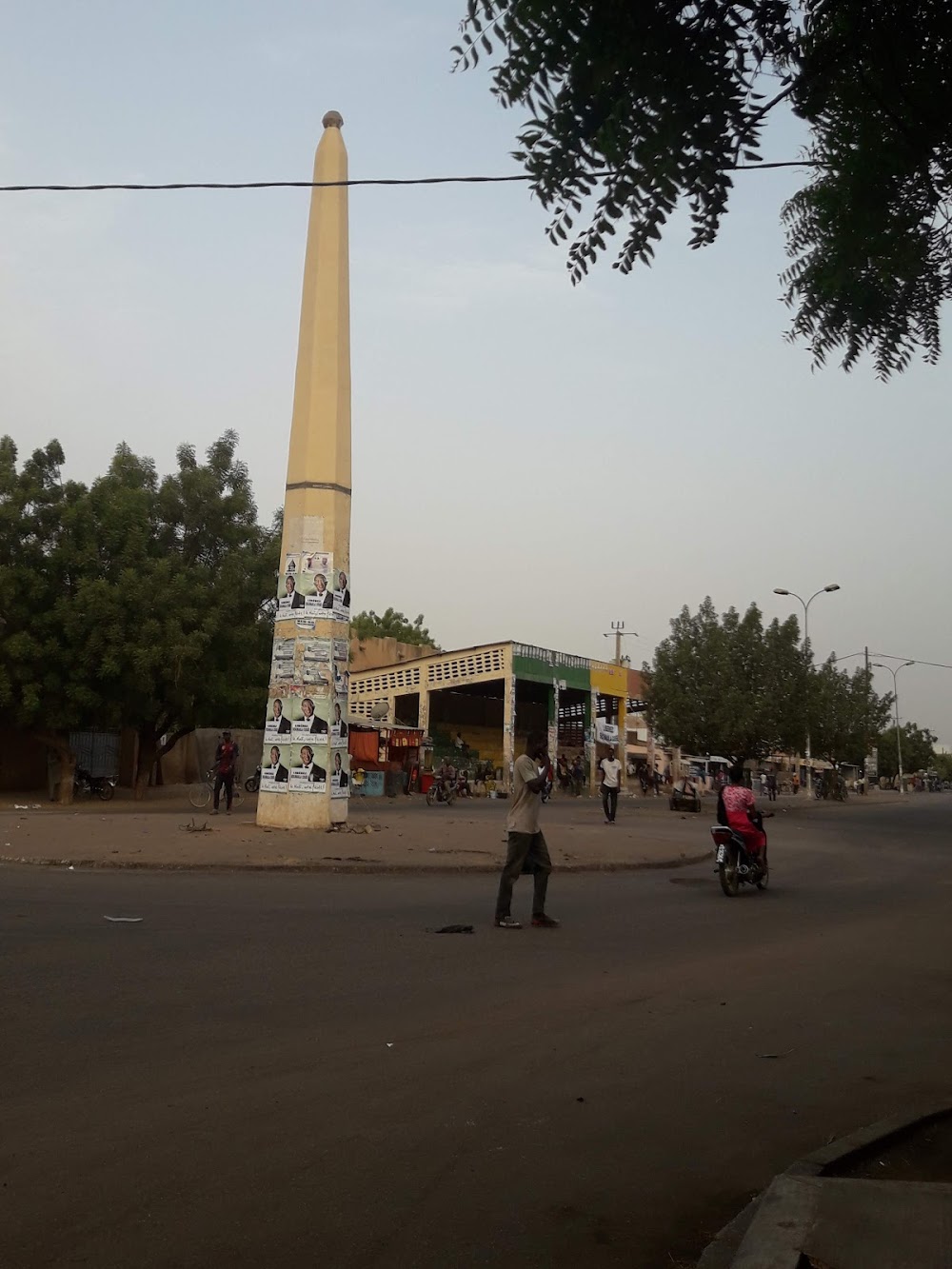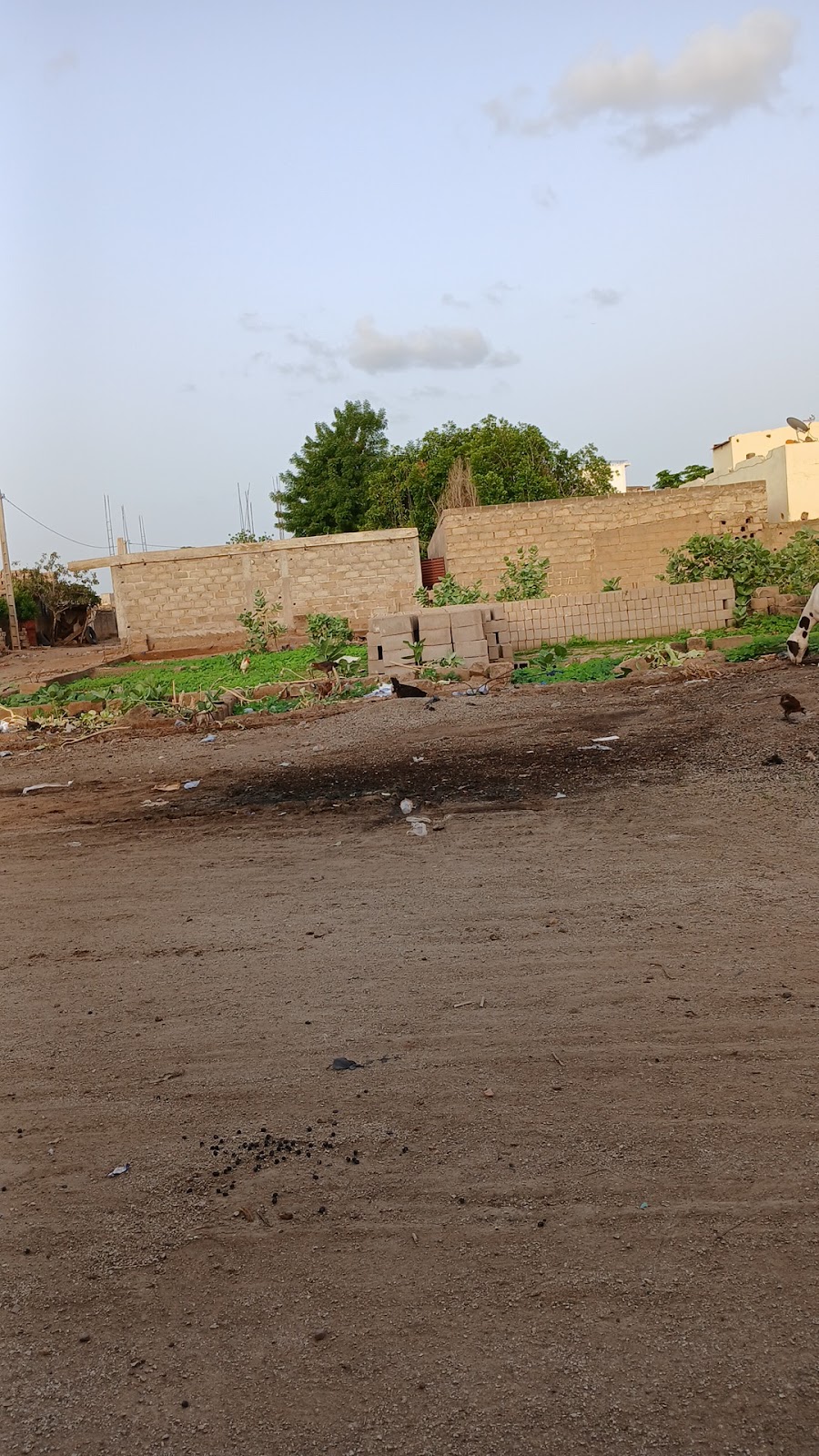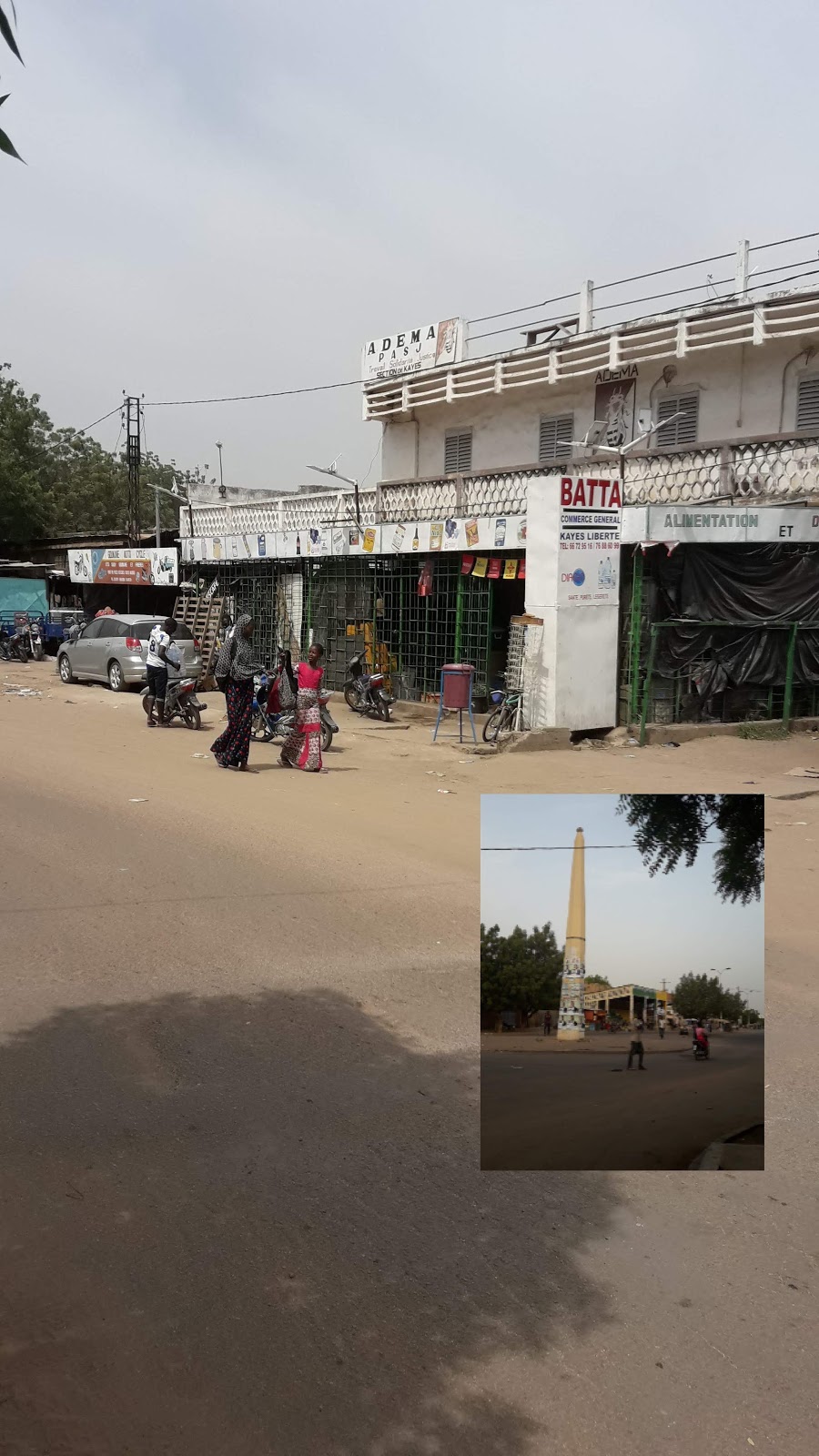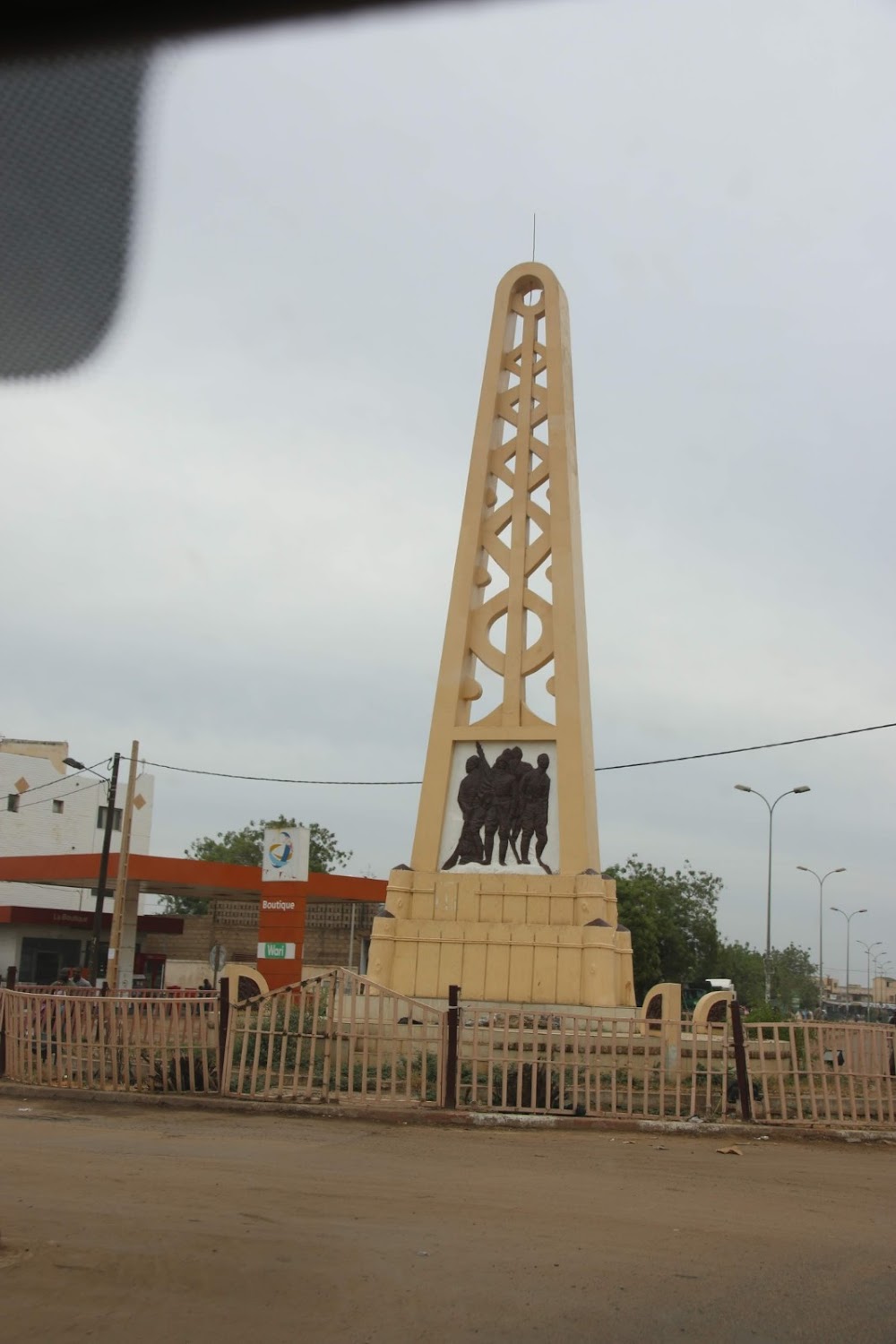Kayes Railway Station (Gare de Kayes)
Related Places
Overview
Kayes Railway Station: A Historical Gem in Mali Nestled in the vibrant city of Kayes in Mali's Kayes Region, the Kayes Railway Station stands as a remarkable historical landmark with deep roots extending back to the early 20th century. Its construction was part of a grand vision to connect the interior of West Africa with coastal regions, primarily driven by the French colonial administration, which sought to tap into the economic potential of the area by facilitating the transport of goods and people. The journey to build this significant railway line began in the late 1800s, but actual construction didn't start until 1904. The architects and engineers faced a myriad of challenges, including the harsh terrain and the extreme climatic conditions typical of Mali. However, a dedicated team of skilled workers, engineers, and local laborers united to undertake this monumental endeavor. The arduous construction process required innovative techniques to lay tracks through the rocky and uneven landscape. Constructed from locally sourced materials like stone and timber, the Kayes Railway Station showcases a harmonious blend of traditional West African design and French colonial architecture. Its façade is adorned with elegant arched windows and doors, merging aesthetic appeal with functionality. The roofs feature wide overhangs, providing shade and shelter from the intense Malian sun, making the station a practical yet beautiful structure. Upon its completion in 1907, Kayes Railway Station quickly emerged as a pivotal hub in the region. It served as a crucial node in the Dakar-Niger Railway, linking the bustling port city of Dakar in Senegal to the Niger River. The station played a vital role in the transport of essential commodities like gold, cotton, and peanuts, which were key exports for Mali. Additionally, the railway opened new avenues for trade and communication, fostering both economic growth and regional integration. Throughout the years, the station has witnessed significant historical events and transformations. During the independence movement in the mid-20th century, Kayes Railway Station became a gathering place for political discussions and rallies. After Mali gained independence from France in 1960, the railway network was nationalized, and the station continued to serve the local population, though it experienced varying levels of investment and maintenance. In recent times, there have been concerted efforts to preserve and restore this historical treasure. Recognizing its cultural and historical significance, local and international organizations have collaborated to ensure that Kayes Railway Station does not fall into disrepair. Restoration projects have focused on maintaining the station's architectural integrity while upgrading facilities to meet modern standards. Today, Kayes Railway Station is not just a functional transport hub; it is a symbol of resilience and progress, reflecting the region's colonial history and its journey toward modernization. The station continues to be a lively part of the community, welcoming travelers, traders, and tourists who come to appreciate its historical significance and architectural beauty. Despite the rise of alternative transportation methods, the railway line remains a vital component of Mali's infrastructure, with Kayes Railway Station at its core. Its legacy endures, connecting the people of Kayes with the broader West African region and facilitating invaluable economic activities and cultural exchanges.






